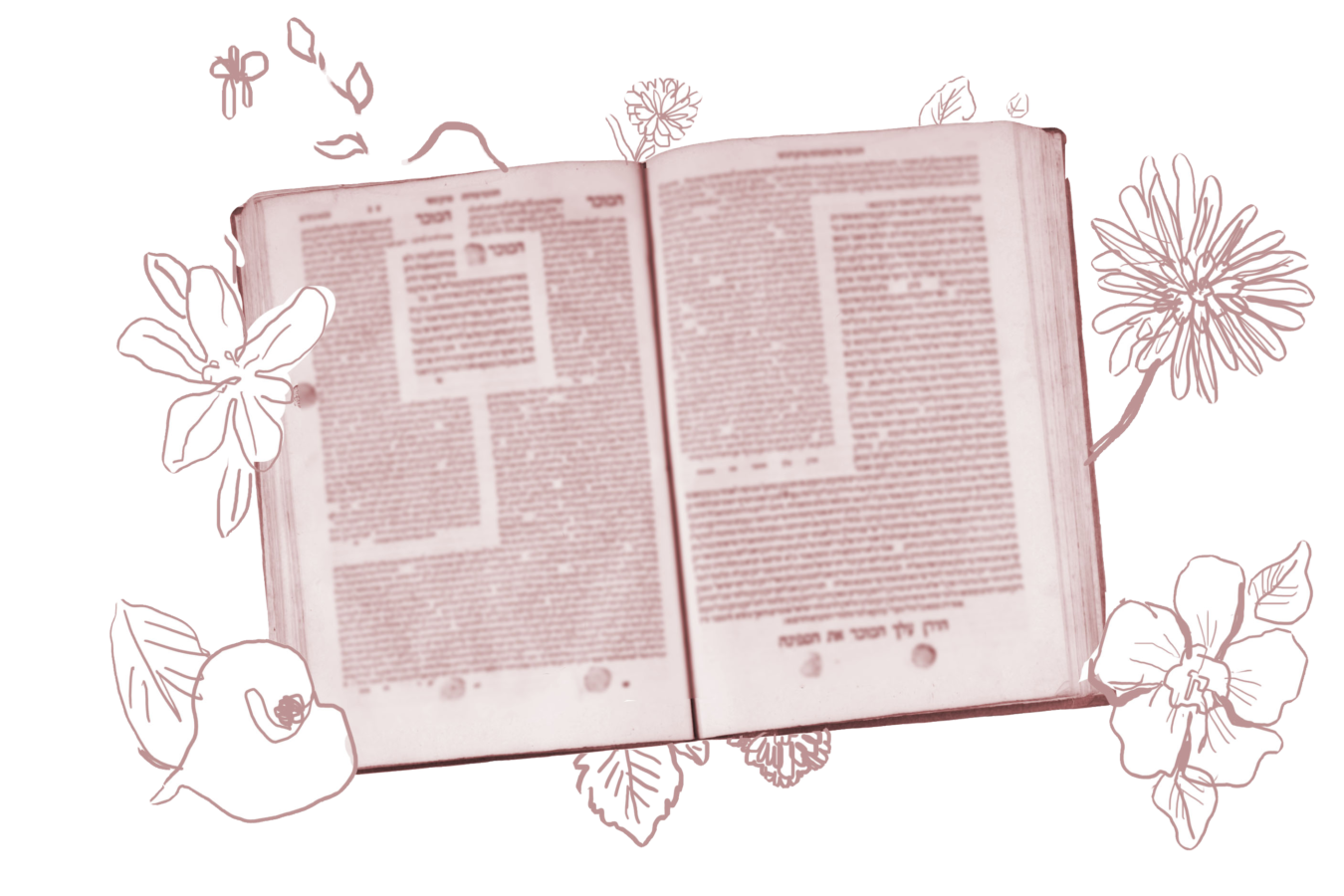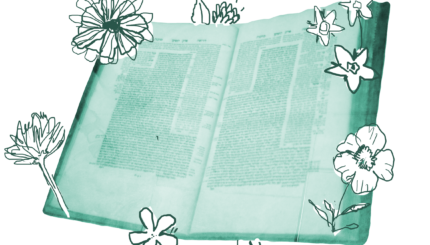This is the very first page of Talmud so let’s begin at the very top, with the first words of the first mishnah. The question at hand is what time to say the Shema, one of Judaism’s most fundamental prayers, recited twice daily:
From what time does one recite Shema in the evening? From the time when the priests enter to partake of their teruma. Until the end of the first watch — this is the statement of Rabbi Eliezer. The Rabbis say: Until midnight.Rabban Gamliel says: Until dawn.
There is some technical stuff in here. You might be wondering what time “the priests enter to partake of their teruma” or when we might expect to encounter “the end of the first watch”? Turns out, the rabbis of the Talmud also aren’t sure either; the Gemara asks these same questions.
Notice something else: The mishnah opens the discussion with a flurry of opinions. How late is too late to recite the evening Shema? Until the end of the first watch! Until midnight! Until dawn! This gives us a big clue to what the Talmud is: a complex, often free-wheeling inter-generational discussion. And as we’ll see repeatedly, the goal is rarely to simply answer the question.
The Shema is one of the most important prayers in Judaism, and it is traditionally recited twice daily, morning and night. You might expect that the Gemara would begin by sorting through the different answers to the question of exactly what time one should recite it and tell us which is correct. But it doesn’t. Instead, it asks an additional question, a meta-question: Why does the Mishnah start with a question about the evening Shema? Wouldn’t it be more natural to start with morning Shema?

Help us keep Jewish knowledge accessible to millions of people around the world.
Your donation to My Jewish Learning fuels endless journeys of Jewish discovery. With your help, My Jewish Learning can continue to provide nonstop opportunities for learning, connection and growth.
The Gemara then offers two answers to its own question. The first is this: The Torah states that the Shema is recited “when you lie down and when you rise up” (Deuteronomy 6:7). Since the Torah mentions lying down first, the rabbis follow suit and explain the evening Shema first. This already tells us a lot about the rabbis: they take the Torah — God’s word — very seriously, subjecting it to a microscope and drawing meaning out of every single word (even, in some cases, every letter). Nothing in the Torah is too insignificant to notice. As we will see in the course of this series, they are pretty creative in how they do it.
But one answer is not enough. The Gemara gives a second answer to the question of why the Mishnah interrogates the evening Shema before the morning Shema. In the Torah’s account of the creation of the world, each day was “an evening and a morning.” That is, the Jewish day begins not at midnight or sunrise, but at sundown. That’s why Shabbat and other Jewish holidays begin with lighting candles at dusk. So evening really is the beginning of the day, and that makes the evening Shema the first act of prayer on any given day.
So let’s review: The Mishnah begins with a question and multiple opinions. Rather than choosing the right answer, the Gemara asks another question and then gives two more answers. That’s typical of how the Talmud works, which is why it is often compared to an ocean, churning with questions and discussions. And congratulations, we’ve just dipped a toe! In the coming weeks, we’ll wade in further and see what this proliferation of questions and answers is all about.
A final note for those wondering why our first email is on Berakhot 2. We didn’t miss page one! We’re starting on page two because in printed editions of the Talmud, page one is a cover page.
Read all of Berakhot 2 on Sefaria.
This piece originally appeared in a My Jewish Learning Daf Yomi email newsletter sent on January 5, 2020. If you are interested in receiving the newsletter, sign up here.



